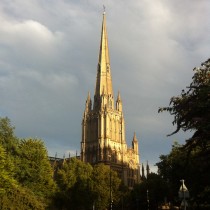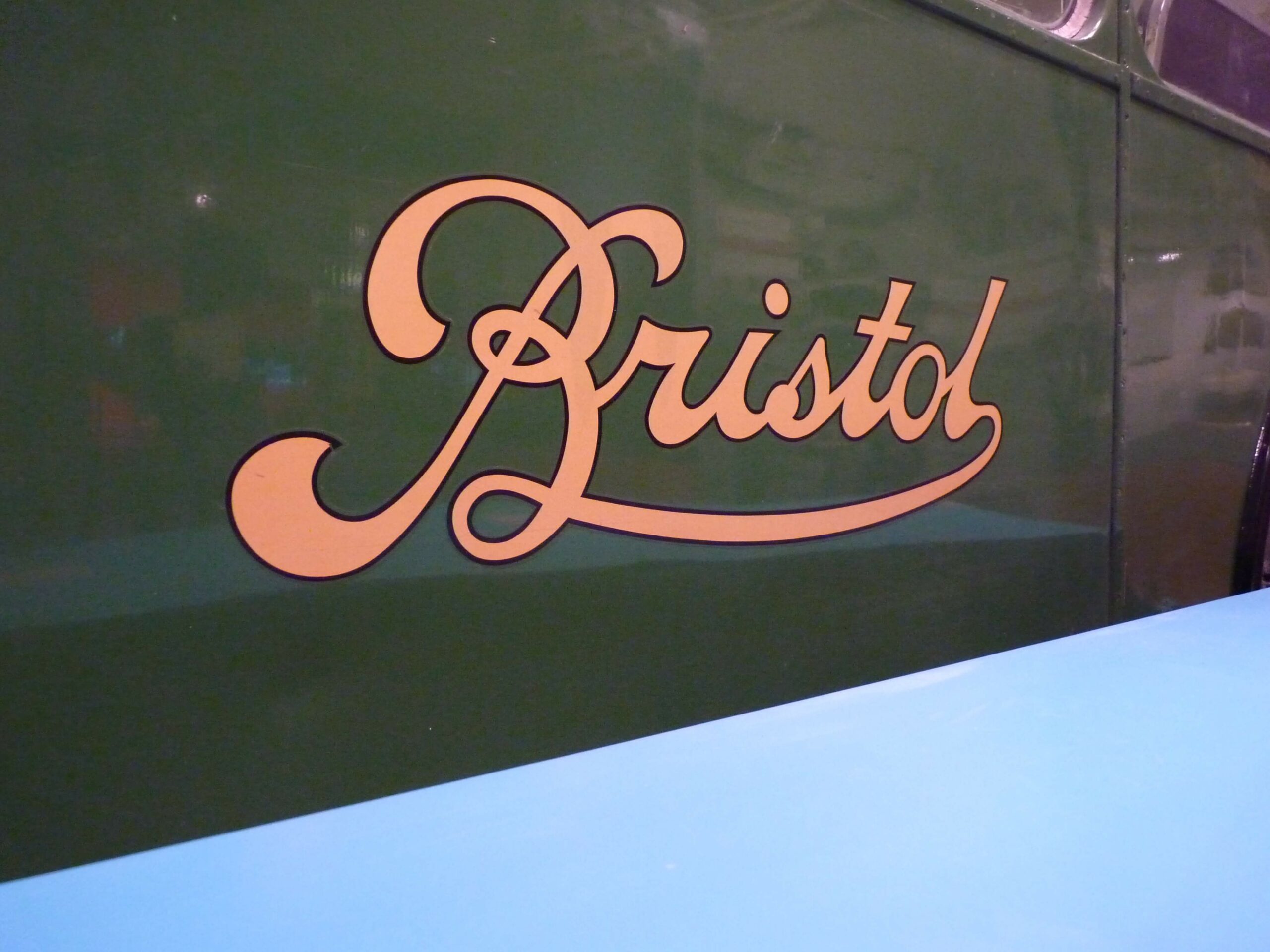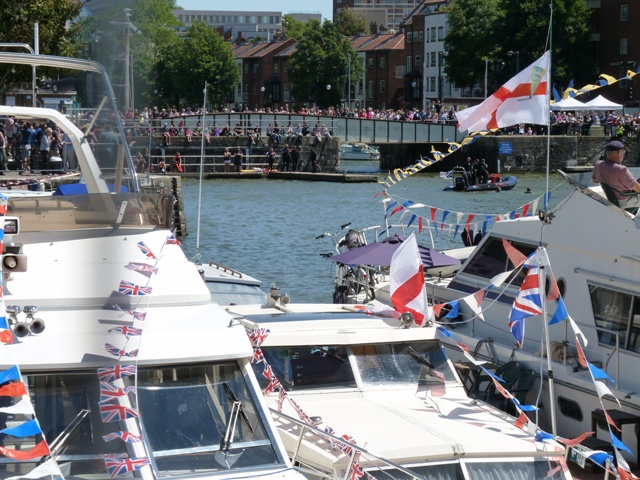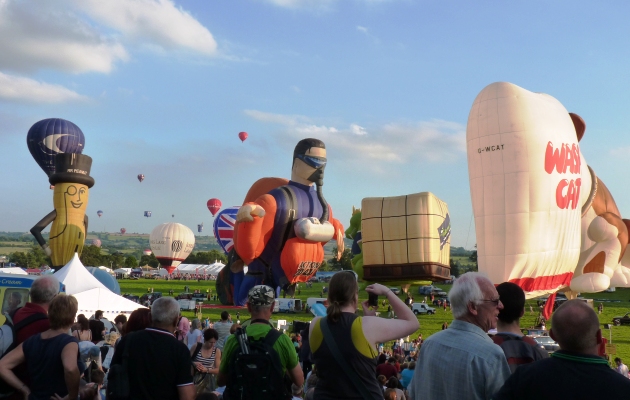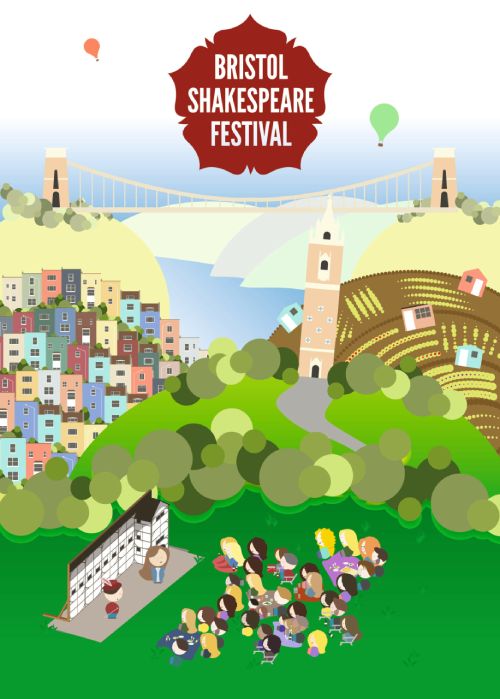The first thing that strikes anyone approaching the church of St Mary Redcliffe in Bristol is that the building seems to soar to the sky, with fairytale like buttresses and beautiful tracery in a pale stone. There has been a church on the spot since Saxon times, when Bristol first became an important port. And the church that stands today is the fourth or fifth to do so.
Its construction spanned almost 100 years from 1292 to 1370, meaning the architecture also shows an array of influences. Although the first plans were in place before the building began, the masons adapted these as they went to accommodate changing styles. This means that although the south aisle and transept is Decorated Gothic, the rest of the church is Perpendicular, as you would expect in a church of mostly 14th Century build.
Bristol is fortunate to have such a beautiful church standing unscathed, as we were badly hit by Second World War air raids. The only evidence of the bombings on St Mary Redcliffe is a rail from the tramway that was thrown through the air and became buried in the churchyard, where it remains.
The church spire was struck by lightning in the 15th Century and was not repaired for 400 years, and the spire is not at the centre of the cross-shaped building. Even with this damage, when Elizabeth I visited Bristol she called St Mary Redcliffe “the fairest and goodliest parish church in England”.



